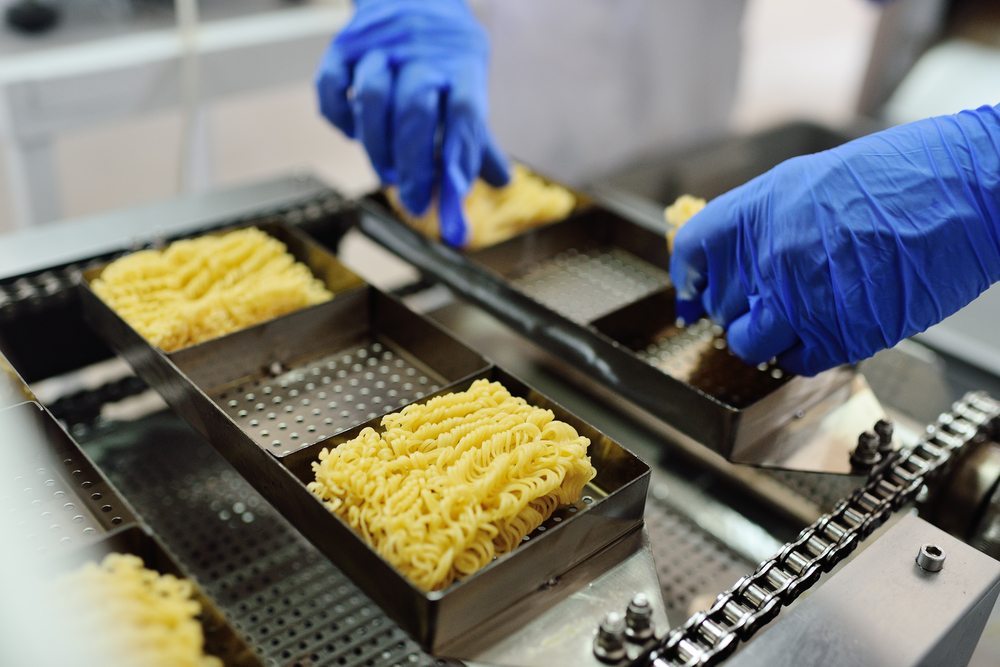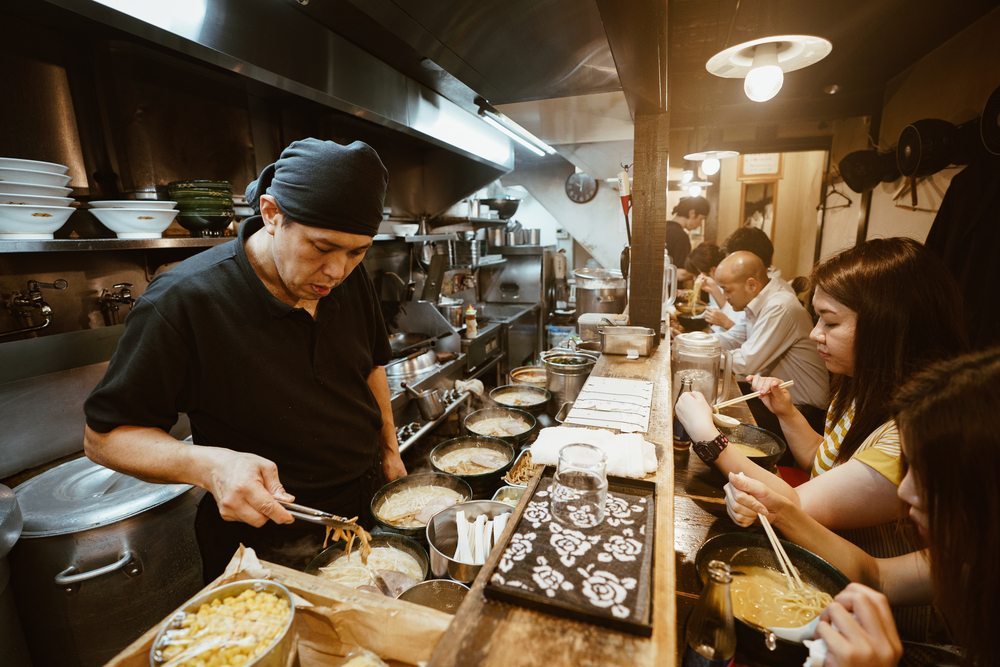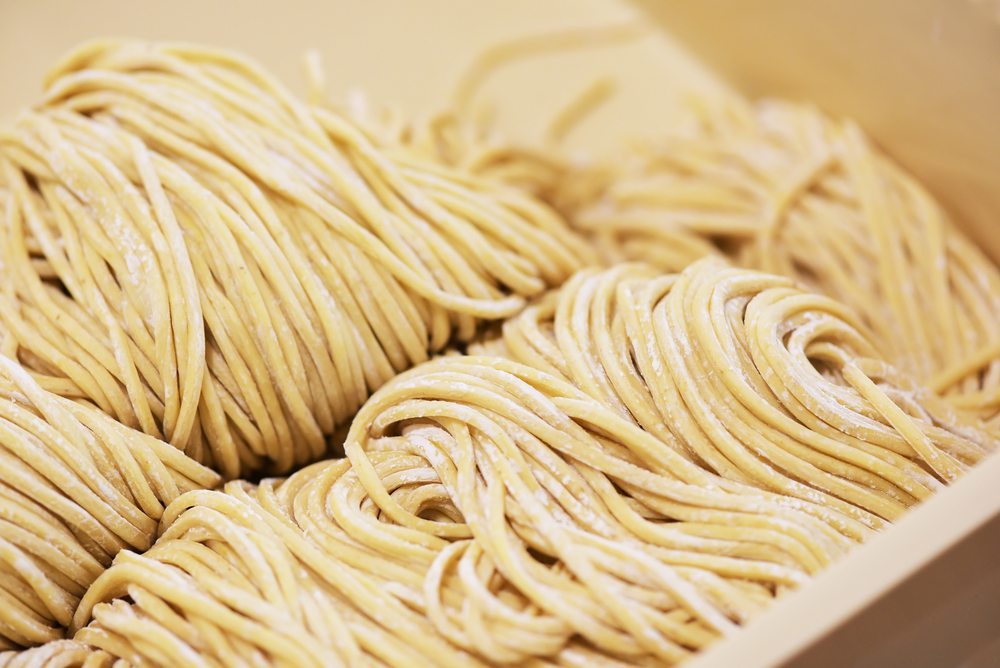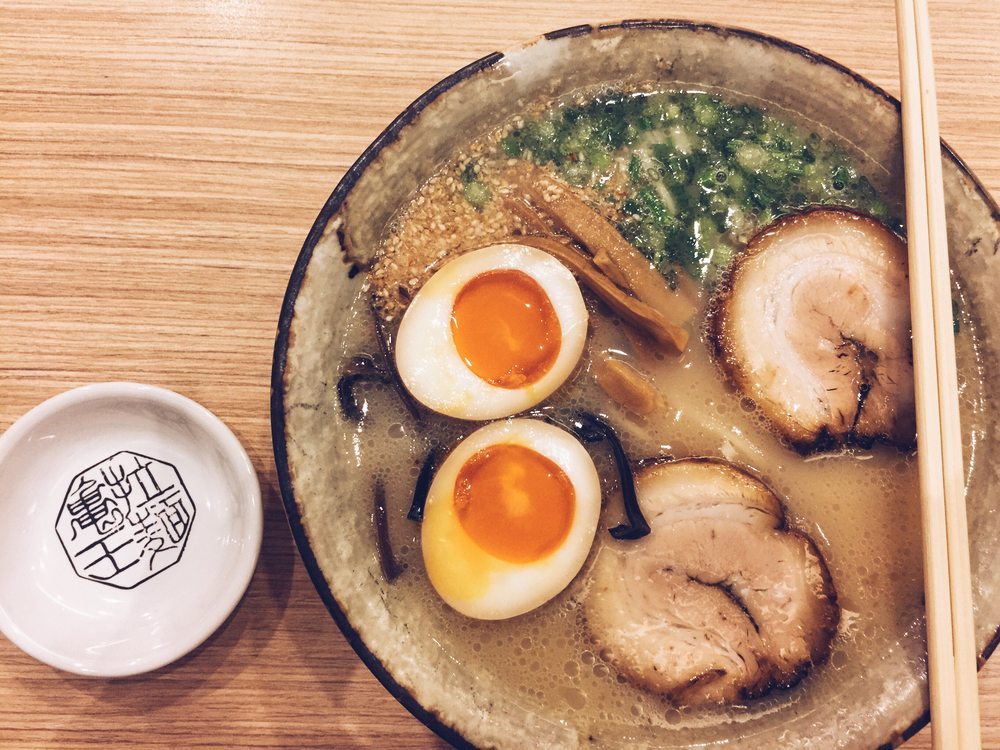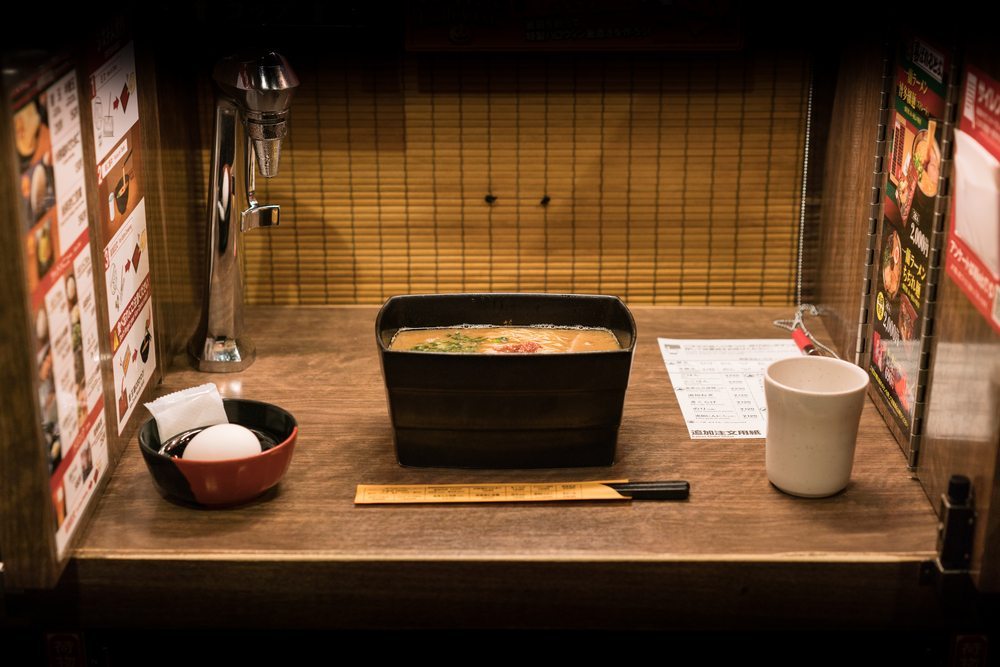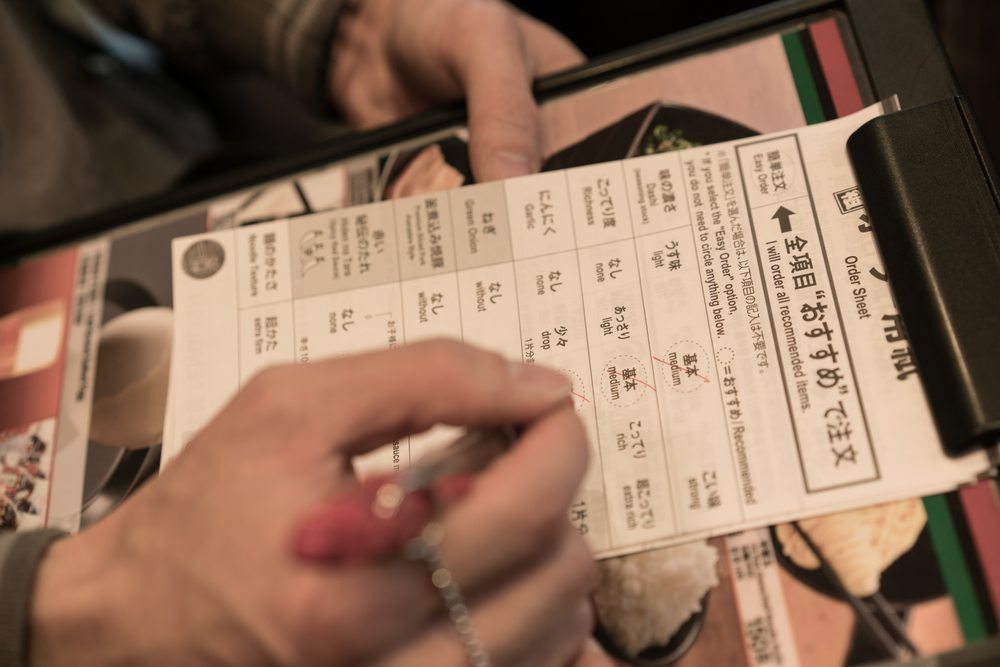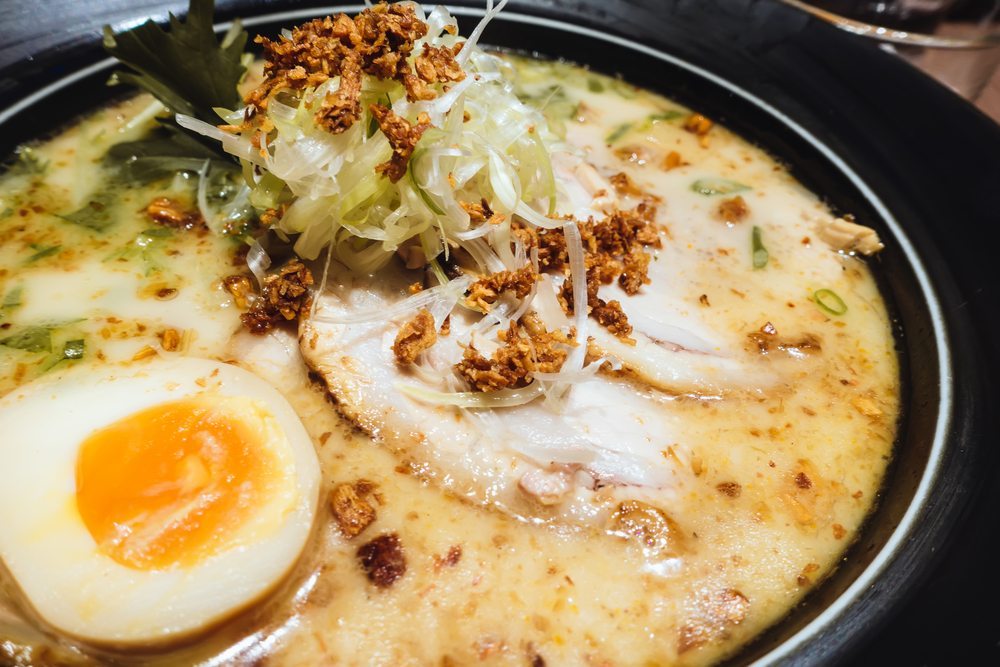Historians aren’t quite sure how exactly ramen made the jump from China to become one of Japan’s most notorious dishes. But we do know exactly how so many types of ramen became popular in the United States — with the invention of the fried-and-dried instant ramen package no college student can live without.
Momofuku Ando invented the world’s first instant noodles on August 25, 1958. Reconstituted with boiling water in only three minutes, the luxury food item was an instant hit in Japan. In the 1970s, a more affordable price point and convenient cup packaging took ramen around the world. Today, Thrillist editors continually share hacks to upgrade the instant noodles, and Tasting Table leads the hunt for the spiciest ramen noodle flavors available to order.
But global food trends have eaters craving more genuine experiences with international cuisine than cups of dried noodles. And authentic ramen shops are popping up everywhere to satisfy the demand. Here’s the lowdown on the slurpy soup, so that you can place your first (or fiftieth) order like a pro.
Ramen 101
A bowl of ramen is made up of a broth, a seasoning agent, wheat noodles, and toppings. But many elements give ramen noodle flavors their special zing.
Broth: Broths are made from any combination of pork bones, ham, or chicken parts; fresh or dried seafood; or vegetarian variations with the seaweeds kombu and bonito. Fruits like apples, dried longan, or lychees may be added.
Seasoning Agent: The broth or the bowl is seasoned with soy sauce (shoyu), salt (shio) or red or white fermented soybean paste (miso).
Tare: Ramen shops in Japan will ladle tare to the bottom of the bowl before layering broth and noodles. An intense, highly concentrated flavoring sauce, tare is often made with aromatics like garlic, ginger, vinegar, spices, mirin, and dried fish. The tare is what makes ramen noodle flavors unique and special, as it adds variety to dishes served with the same base broth. In America, chefs often opt for including tare in their broth or as toppings.
Noodles: Thin and straight or thick and wavy noodles are added (this depends on the region of Japan the dish hails from). Made from wheat flour, salt, and water, a solution of baking soda and phosphoric acid is added to give the noodles their bouncy texture and slightly yellow color.
Toppings: Toppings abound. Roasted or braised pork (chasu), chopped beef, dried seaweed (nori), scallions, half a hard-boiled egg, bamboo shoots, mushrooms, seaweed, canned sweet corn, butter, fish balls, cracked black pepper, fish cakes — almost anything goes.
Types of Ramen
When placing a ramen catering order, you’ll most likely see types of ramen and ramen noodle flavors characterized on menus by their main seasoning agent.
Shio Ramen: Shio is a sea salt. This makes for the lightest of ramen styles, perfect for warmer weather or for using as a base when you want to add rich or spicy ingredients on top. Ramen Station in Madison, Wisconsin tops their Shio Ramen with braised pork, soft-boiled eggs, scallions, bean sprouts, seaweed, fish cakes, and fresh bamboo shoots.
Miso Ramen: Miso defies simple categorization; the fermented soybean paste can be light and white or rich and red. This ramen style runs the light-to-indulgent gamut, too. The light Ouan Green Ramen from Ramen Izakaya Ouan in San Diego, California, comes topped with mushrooms, green onion, red ginger, fermented bamboo, other veggies, and spinach and kale oil. Then the Miso Ramen Bowl at Wasabi Sushi PDK in Happy Valley, Oregon, goes all in with a chicken and pork miso broth topped with char siu BBQ pork, eggs, fish cakes, corn, spinach, and onions.
Shoyu Ramen: A popular seasoning in central Japan, this soy sauce was traditionally paired with clear to light-brown chicken and seafood broths. Today, chefs appreciate its robust flavor everywhere. Naoki Ramen in Philadelphia includes several Shoyu Ramen bowls on their extensive menu. One particularly wild combo comes with fried chicken, bamboo shoots, fish cakes, and bean sprouts.
Variations
Tonkotsu Ramen: Tonkotsu ramen is one of the most popular styles of ramen, recognized by its notoriously cloudy texture. Made with a dense amount of pork bones, the broth is cooked down into a milky gravy with a golden color and a sheen of gelatin. In Scottsdale, Arizona, Yatai Ramen delivers this style with fresh noodles, roasted pork, sprouts, and scallions fresh from their food truck.
Curry Ramen: This flavor gets its seasoning from curry powder or paste stirred in right before adding the noodles. Adding body and a spicy kick to the broth, expect toppings to come with charred meats, like the roasted pork that decks Rai Rai Ken’s Curry Ramen in New York City.
Ordering Tips
With so many types of ramen and ramen noodle flavors out there, placing a ramen catering order for the first time can feel a bit overwhelming.
If managing a team with dietary restrictions or vegetarian diets, note that many ramen flavoring ingredients contain gluten, fish, and/or meat. Soy and miso contain gluten. Broths often include dried fish and animal stock.
After that, have some fun with the delicious puzzle that is ramen. Many restaurants make it easy to try the trend — they combine seasoning styles with specific toppings. Ramen Station in Madison, Wisconsin, has a full menu of miso, shoyu, shio, and tonkatsu ramen dishes. Naoki Ramen in Philadelphia adds an extensive menu of add-on toppings like egg, corn, and kimchi (fermented cabbage). And keep an eye out for out-of-the-box crunchy toppings, like the shrimp tempura found from Koi Express Sushi Wrap and Ramen in Provo, Utah.
Are you ready to ramen?








